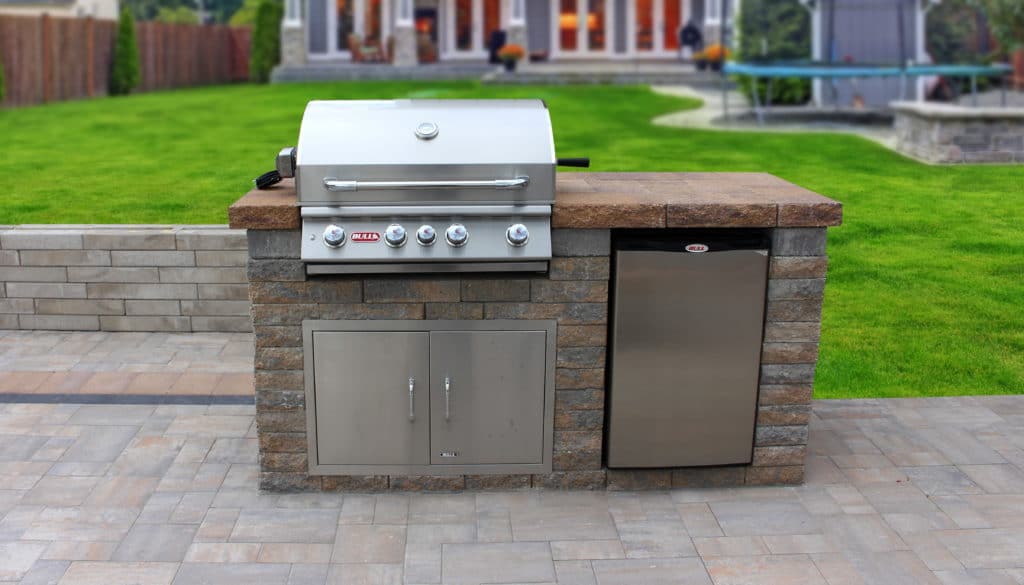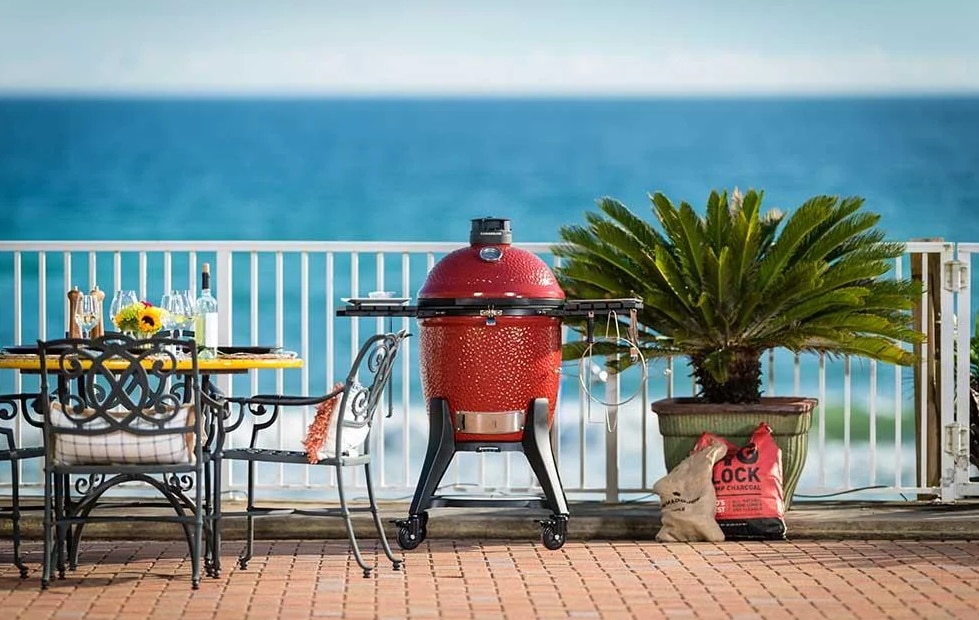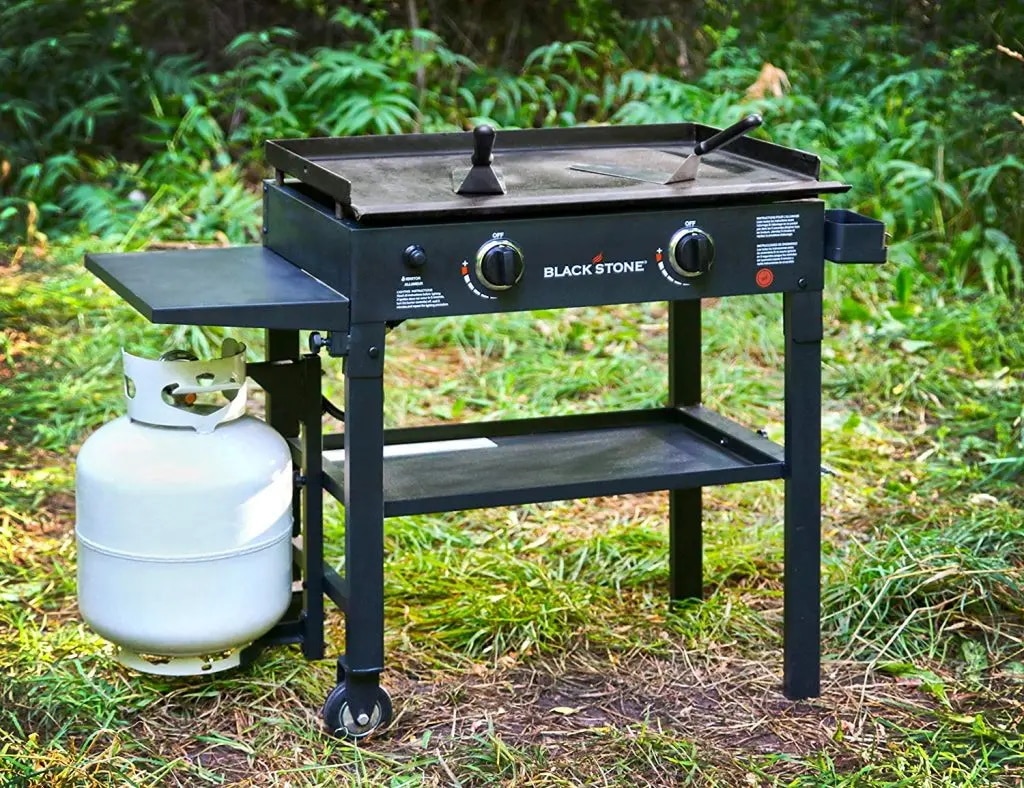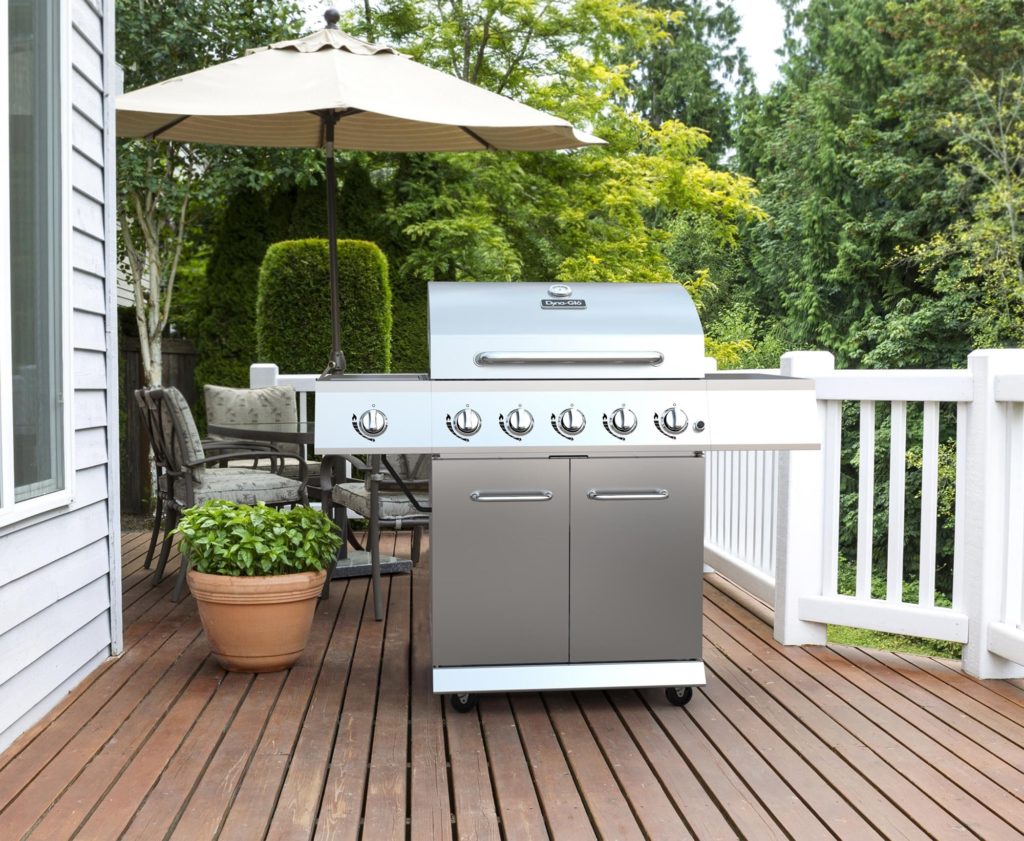

For many BBQ grill masters, the usual practice with charcoal is to let it burn down even after you’re done grilling. Although it’s not a very environmentally sustainable fuel option, the good news is charcoal is reusable in many ways.
You can use it again for cooking by mixing it with a bit of fresh charcoal. We will tell you how to do that in the section below. Or you can get more creative with it! We have found ten more ways how lump charcoal and ash are reused: from skincare and strengthening your gums to shoe deodorizing.
Although used charcoal may have a shorter burn time, the reality is that you can still reuse them. It all depends on the type of wood, the processing, and burn time of the charcoal briquettes.
From experience, we think it is essential that you combine the old charcoal with some new ones. And when the charcoal is reused over again, the ash is still valid. Next, we’ll show you how.
You can use partially burnt lump charcoal or briquettes for cooking.
1. When you’re done grilling on the charcoal grill, close the vents at the bottom of the kettle. Close the damper so you can cut the oxygen supply off the coals.
2. If you want to make the process be faster or save the coal from burning out, you can spray them with water and then suffocate the fire.
3. When cool, you can pack the leftover in a paper bag (the bread bag can also be fine), close it tightly, and keep them for the next time you need to use the grill again.
When needed again, depending on your need, you can use the charcoals or add some fresh charcoal for a longer burn time.
Charcoal is nothing more than a combustion product that originates from the carbonization of wood Trusted Source Charcoal - Wikipedia Charcoal is a lightweight black carbon residue produced by strongly heating wood (or other animal and plant materials) in minimal oxygen to remove all water and volatile constituents. en.wikipedia.org . During this process, the transformation of an organic vegetable compound, i.e., wood, into an inorganic compound, i.e., coal, takes place. You can reuse them in the following ways.
The remains of the burnt charcoal can be used to regenerate the skin and heal some imperfections. Charcoal is also used for DIY masks.
It is an excellent help for psoriasis, mycoses, and scabies. For these, you can dissolve it in water (1 teaspoon for every 50 ml of water) and ingest it three times a day before meals.
It can purify the skin and eliminate toxins. You can prepare it in packs and leave it on the skin. It can also be used to cure insect bites and snake bites.
The residue from the combustion of charcoal or other organic materials is very rich in mineral salts, and for this reason, man can use it as a fertilizer for plants of all kinds.
Fertilizing with a product of the earth means closing a perfect eco-compatible cycle. It is the same principle of recycling as compost. The high potassium content present in the coals from wood and shrubs is helpful after combustion. You can use it to fertilize and improve plant growth, protect plants from many diseases, and improve crops’ quality.
It benefits some crops such as raspberries, strawberry roses, fruit trees, and shrubs.
The charcoal or ash must, however, be derived from natural woods with no source of additives, paints, or chemicals. Fertilization with ash or charcoal components is not suitable for all types of soil. It is essential to know the soil characteristics and know if the cultivated plants need these minerals.
Charcoal ash can be used as a mouthwash or as a toothpaste, especially if you have gingivitis problems.
Charcoal ash is a natural pesticide. It is also used in the countryside to counteract fungal attacks and control parasitic attacks. For remote purposes, it is used in organic crops. It is dissolved in water and sprayed on the leaves to protect the plant from slugs and other worms.
The ash in the countryside is also used in the chicken coops for the so-called “sand bath,” a daily ritual performed by the chicken.
In practice, the hen that lives outdoors carries out this activity. While practicing this, the chicken throws itself in the earth on itself, roll in it to get rid of the annoying pollen mites that are chicken mites and other critters. This is a natural cleansing activity.
Ash mixed with water, and baking soda is an excellent product for polishing silverware.
You can also use the lye produced from the ash, but it is always recommended to mix it with a little warm water and lemon juice.
In the past, grandmothers used only homemade soap with lye, which must come from quality ash, that is, natural wood. This is cooked together with vegetable or animal fat to create the bar of soap to use for the laundry.
The ash from the past times has been used by man for its healing properties, to cure diseases. In particular, it’s beneficial for indigestion, heart disease, neuropsychic diseases, alcoholism, hypoglycemia, muscle weakness, asthma, and more.
The peasants pressed ash on the body in the case of burns, wounds, and muscle pain. For hemorrhoids, compresses made with ash from vine leaves are recommended.
Against migraines, hot foot baths were made with salt and ash to reactivate the circulation of blood from head to toe.
Ash has disinfectant properties and can be used in the case of excessive perspiration. You can use it in your shoes. You can sprinkle dry ash in shoes to eliminate bad smells.
Ash can be used as a modified dehumidifier. That is, it can draw moisture from the air. So, it can be used to neutralize unpleasant odors due to humidity. Place a full box of them in the closet, fridge, or cellar to eliminate bad smells. The effect wears off in 15-20 days.
In case of ice or even snow, sprinkle it on the roads: it is not as effective as salt, but it facilitates the melting of the ice in an emergency.
It can also be spread around the wheels to facilitate cars’ traction during the cold winter months.
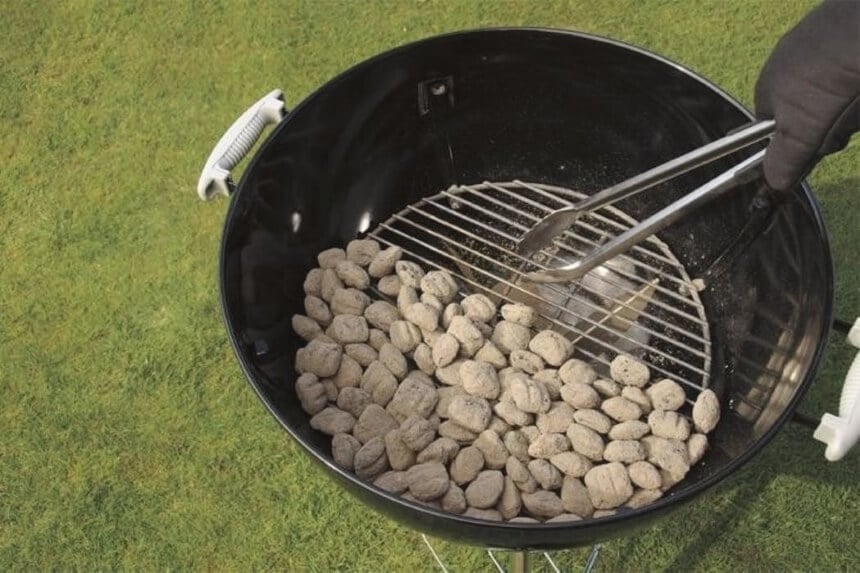
The trick to collecting used charcoal is to extinguish it naturally. The first method is to simply close all vents to cut off air circulation, then close the shroud of your grill and let it sit for 48 hours to let everything cool down completely. You can also put out the burning coals by spraying them lightly with water to speed up the process, but don’t soak them.
Make sure that the charcoal dries completely before collecting it. Next, use a wire mesh screen or a sift ash basket to separate the charcoal from the ashes and knock off all the ash, leaving behind all the black pieces.
Old charcoal lights up very easily, but it needs to be stored properly to preserve it in this condition. It needs to be stored in a cool, dry place with low humidity. The best way to do this is to put the charcoal back into an empty charcoal bag or other airtight plastic container and seal it until you need it. Store the bag in a cool and dry place, especially away from your garage or basement if it tends to be moist.
While lump wood charcoal has no danger of igniting spontaneously like coal, store it away from heat sources or simply put it back into your closed grill.
Lighting your grill with recycled charcoal should be as easy as using all-new charcoal; it just needs to be dry and in good condition. The big problem, though, is that the small chunks of reused charcoal can restrict airflow and become a non-starter.
Make sure that your fuel charge is at least half new charcoal and the rest being old charcoal, and make sure to distribute it uniformly. It is a good idea to put down the new charcoal first and top it up with the old charcoal to maximize airflow.
Lump charcoal made from hardwood lumber is best for reusing. That’s because it is naturally harder and resists breaking down, which means you will have larger pieces of leftover charcoal. Charcoal briquettes break down easily when burning, which leaves very little to reuse efficiently.
Poor quality briquettes may also have harmful additives such as lighter fluid that degrades after burning, making them potentially toxic to reuse. It is better to safely discard burnt charcoal briquettes, but you can reuse hardwood lump charcoal as much as you wish.
Can you reuse charcoal? This question is asked very often. In our opinion, you can answer this question with both YES and NO.
Whether you can use charcoal several times depends very much on the quality of the charcoal. Some grill briquettes not only have a long burn time of up to four hours in some cases. So, if, for example, you were only able to use them for two hours, then you can also use them a second time.
In the worst case, you have to add more charcoal. But, still, it saves you more time. And after reusing, the ash is quite useful and very versatile at home and in the garden.
